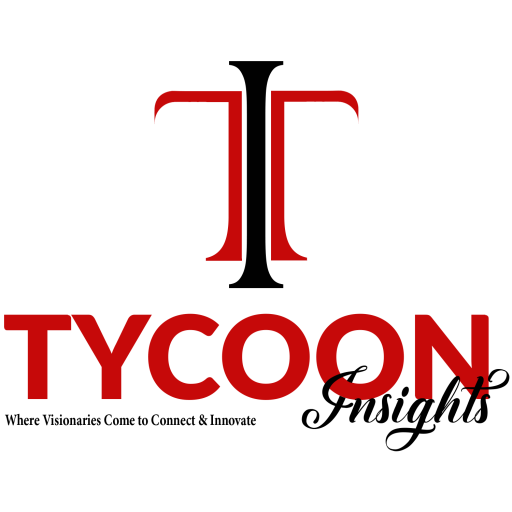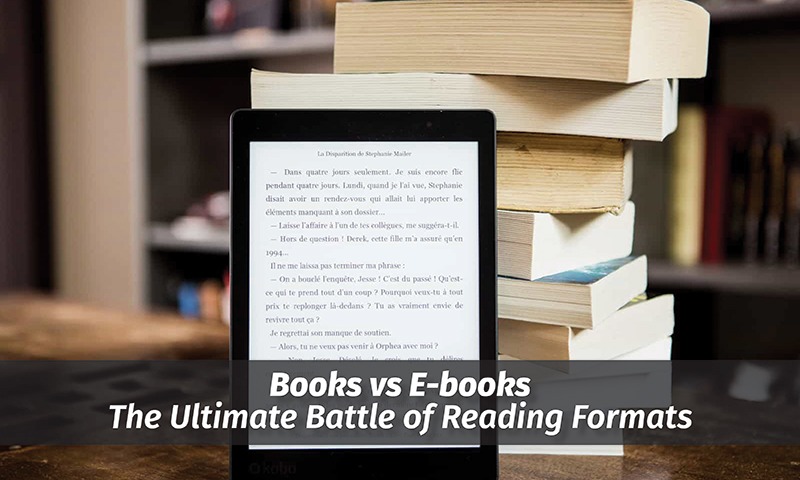In today’s digital age, the way we read and consume content has significantly evolved. With the rise of e-books, there has been an ongoing debate about the merits of traditional printed books versus their electronic counterparts. Both formats have their unique advantages and disadvantages, catering to different preferences and needs of readers. In this article, we will delve into the ultimate battle between books and e-books, comparing various aspects to help you make an informed decision.
Tangible Experience
One of the main appeals of physical books is the tangible experience they offer. Holding a book in your hands, feeling the weight of the pages, and flipping through them creates a sensory experience that many readers cherish. The smell of a new book or the texture of its pages adds a certain charm that e-books cannot replicate.
Portability and Convenience
On the other hand, e-books provide unparalleled portability and convenience. With just one device, you can carry an entire library wherever you go. Whether you’re traveling or commuting, having access to countless books at your fingertips is a significant advantage. E-books also eliminate the need for physical storage space, making them a practical choice for readers with limited room.
Accessibility and Affordability
E-books have revolutionized accessibility to literature. With a few clicks, readers can instantly download books from online platforms and start reading. This convenience is particularly valuable for people with visual impairments or physical disabilities that affect their ability to handle physical books. Additionally, e-books often come at a lower price point compared to their printed counterparts, making reading more affordable for many.
Eye Comfort and Reading Experience
Reading on electronic devices has been a concern for some due to the potential eye strain caused by screens. However, e-books have come a long way in addressing this issue. Many e-readers now utilize e-ink technology, which mimics the appearance of ink on paper and reduces eye fatigue. Moreover, e-books offer customizable text sizes and background colors, allowing readers to personalize their reading experience according to their preferences.
Annotation and Searchability
E-books excel in the realm of annotation and searchability. Digital platforms often provide features that allow readers to highlight, bookmark, and make notes within the text. These annotations can be easily referenced and organized, making it simpler to revisit key points or conduct research. Additionally, e-books offer powerful search functions, enabling readers to quickly find specific information or keywords within a book.
Sentimental Value and Collectability
For many book lovers, the sentimental value and collectability of physical books are unmatched. Owning a personal library filled with well-loved books becomes a source of pride and nostalgia. The physical presence of books on a shelf can evoke cherished memories and create a cozy atmosphere that e-books cannot replicate.
Sustainability and Environmental Impact
In today’s environmentally conscious world, sustainability is a crucial consideration. E-books, being digital files, have a significantly lower environmental impact compared to the production and transportation of physical books. By opting for e-books, readers can contribute to reducing deforestation and carbon emissions associated with the publishing industry.
Reading Culture and Social Interaction
Physical books have long been ingrained in our reading culture and have fostered social interactions among readers. Borrowing, lending, and sharing books with friends and family create connections and conversations. Book clubs, libraries, and bookstores also thrive as communal spaces for book enthusiasts. While e-books offer digital sharing options, the physical act of passing a book along holds a certain charm that e-books cannot replicate.
Market Saturation and Availability
The rise of e-books has expanded the availability of reading materials, particularly for niche genres or self-published authors. With the ease of digital publishing, many aspiring writers find a platform for their work. E-books also offer immediate access to newly released titles, eliminating the need to wait for physical copies to be stocked in bookstores.
The Future of Reading
As technology continues to advance, the future of reading is likely to encompass a blend of both formats. E-books and physical books can coexist, each catering to different reading preferences and circumstances. Hybrid solutions, such as print-on-demand services and digital libraries, are already gaining traction, offering readers the best of both worlds.
In conclusion, the battle between books and e-books ultimately boils down to personal preference and individual circumstances. Traditional printed books provide a tangible and nostalgic experience, while e-books offer convenience, portability, and accessibility. Both formats have their strengths and weaknesses, and the decision ultimately rests in the hands of the reader. Whether you choose to embrace the smell of paper or the convenience of a digital library, the joy of reading remains at the heart of the experience, regardless of the format you choose.
So, grab your preferred reading format and embark on a literary journey that suits your style and preferences. Happy reading!












